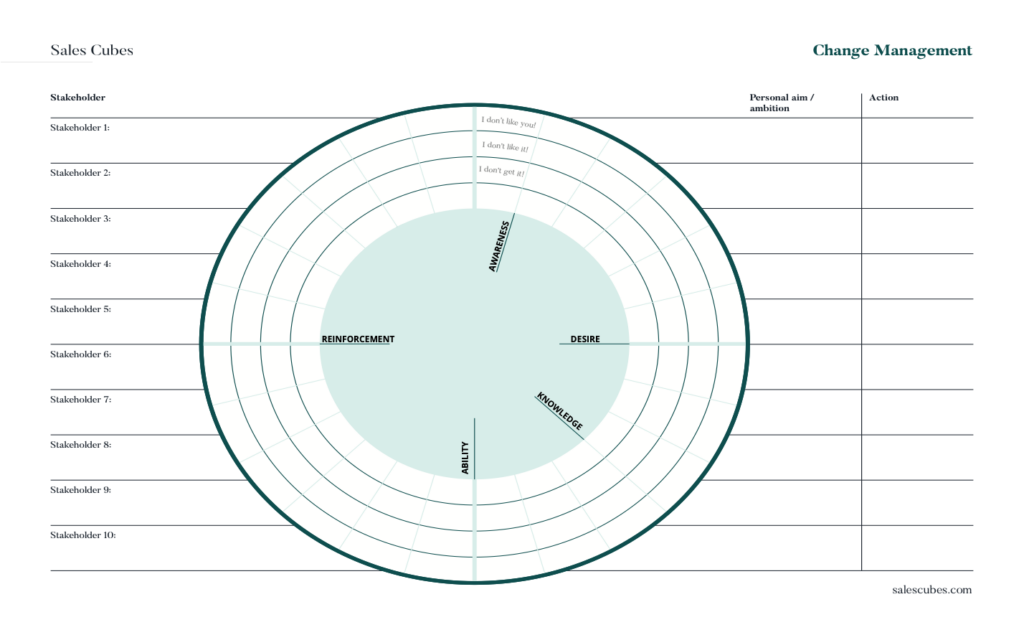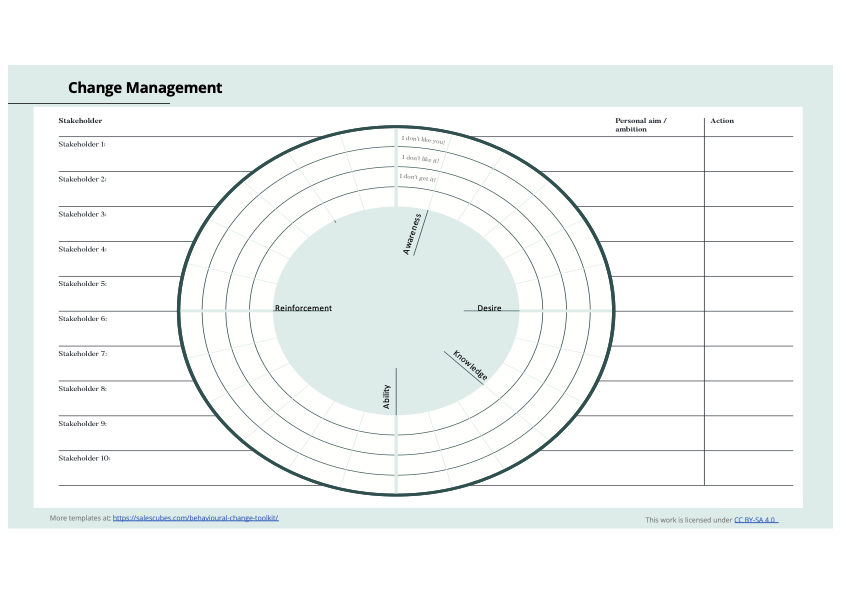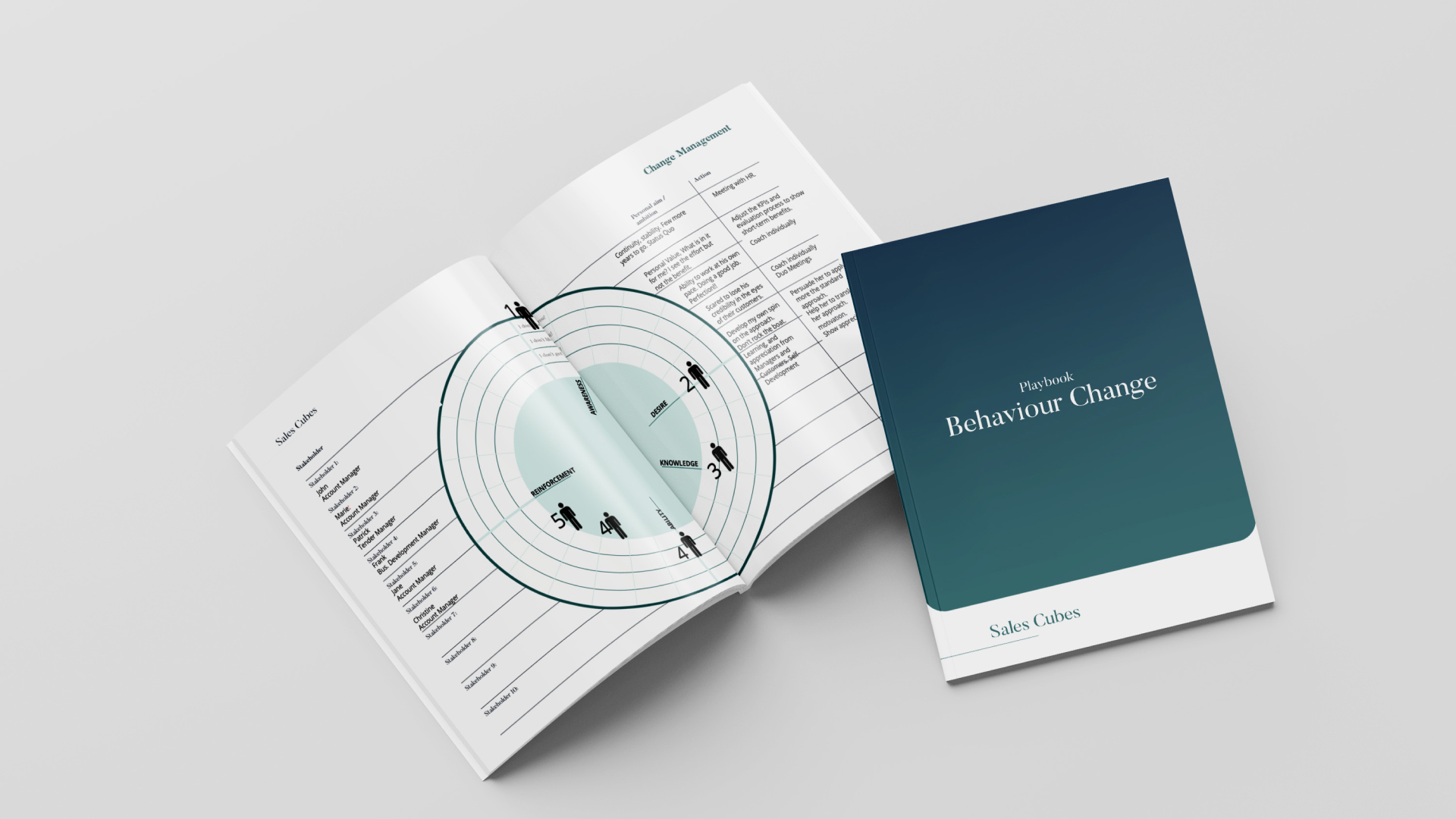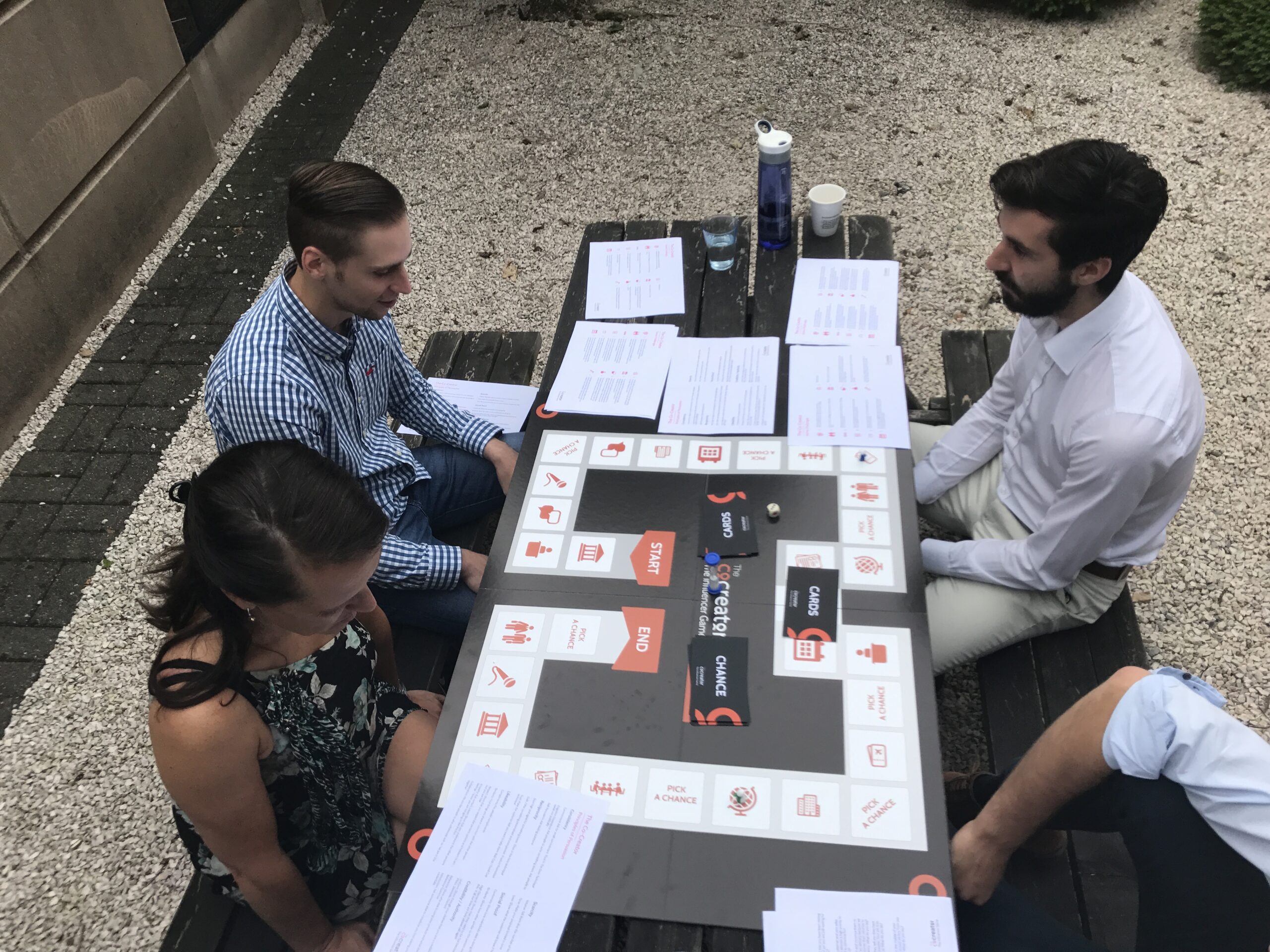What is it?
ADKAR a model developed by Prosci and is an acronym for Awareness, Desire, Knowledge, Ability, and Reinforcement, representing the five key elements that individuals must achieve for successful change adoption. Developed by Prosci, a leading change management consultancy, ADKAR provides a framework for understanding and addressing the individual aspects of change, ensuring that employees are fully engaged and equipped to embrace new initiatives.
Useful for:
ADKAR is versatile and can be applied to a wide range of change initiatives, including
-
- Implementing new technologies or processes
-
- Reorganizing teams or departments
-
- Introducing new policies or procedures
-
- Adapting to market shifts or customer preferences
By addressing the individual needs and motivations of employees, ADKAR helps to minimize resistance, increase adoption rates, and ensure that change is implemented smoothly and effectively.
Application:
ADKAR can be applied at various levels within an organization, from individual employees to entire teams or departments. It can also be used for both large-scale organizational changes and smaller, more targeted initiatives.
We use the model to represent the change process on a circle, where each step of the ADKAR model is represented at a specific stage of the process.

Process
Step 1 Awareness: In this stage, individuals become aware of the need for change. It typically answers the question: ‘Why do we need to change?’
Step 2 Desire: Once people are aware of the change, they need to develop a personal desire or motivation to support and participate in the change. It typically answers the question: ‘What’s in it for me?’
Step 3 Knowledge: In the knowledge stage, individuals acquire the necessary knowledge and understanding of how to change. ‘What do I need to know?’
Step 4 Ability: In this stage, individuals begin to apply their acquired knowledge and skills to demonstrate their ability to implement the change successfully. ‘How can I do this?’
Step 5 Reinforcement: The final stage of ADKAR focuses on reinforcing the change to make it sustainable. ‘How can I make this stick?’
Example
The ADKAR model not only guides the design of your change strategy but also serves as a diagnostic tool to assess the readiness of each stakeholder in the change process. Imagine a concentric circle diagram, where each circle represents a different level of stakeholder engagement or resistance to the ongoing change.

In this diagram, stakeholders are placed on various rings of the circle. Those on the outer rings exhibit more resistance, while those closer to the centre are less resistant. For instance, stakeholders 4 and 5, positioned in the inner circle, may not fully grasp the necessity of the change but this does not necessarily imply opposition to the project. Their placement indicates a need for more awareness rather than active resistance.
Understanding the nature of resistance is crucial. According to Rick Maurer, it generally falls into three categories, mirroring the classical dimensions of Aristotle’s rhetoric – Ethos, Pathos, and Logos:
‘I don’t get it‘ – This is a Logos-driven resistance, rooted in a lack of information or understanding about the change.
‘I don’t like it‘ – This type of resistance, influenced by Pathos, stems from emotional concerns or fears regarding the change.
‘I don’t like you‘ – A resistance based on Ethos, reflecting a lack of trust or confidence in those leading the change.
Recognizing these resistance types is pivotal. It provides a framework for addressing each stakeholder’s concerns effectively, employing the right mix of logic, emotional appeal, and credibility to foster a more receptive attitude towards the change.
Sources
- Hiatt J and Creasey T., 2012, The Perfect Change, Academia.edu
- The Prosci ADKAR Model, www.prosci.com
- Maurer R., 2010, Beyond the Wall of Resistance, Bard Press
Tool



